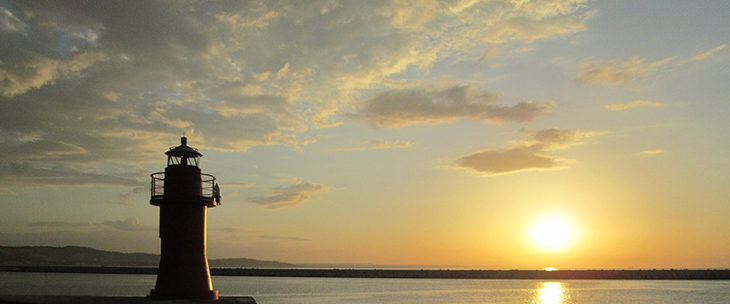If you are planning your first trip to Italy, Le Marche, sometimes known as The Marches, is unlikely to be among the first destination that spring to you mind. It is hard to pinpoint the reasons of this region’s lack of popularity among international tourists: it combines extraordinary natural beauty and a rich and diverse scenery with unique artistic, historic and archaeological sites. Its illustrious children include the pioneer of modern education Maria Montessori and the celebrated poet Giacomo Leopardi. If we were to indulge in a small outburst of national pride, we could say that anywhere else a region such as Le Marche would be a national gem, but since it is located in central Italy, it has to contend with the likes of Rome and Florence, which tend to win the spotlight nine times out of ten. Le Marche has the enormous advantage of being conveniently located to allow you to move easily to several points of interest. This makes it an excellent base for a business or incentive trip that requires you take in multiple destinations. As usual, we want to share a few tips with you, suggesting that you spend your free time in the region visiting sites that do not usually feature on mainstream tourist routes.
✖
Let’s Organize an event together ! Contact us
✖


Leave a reply